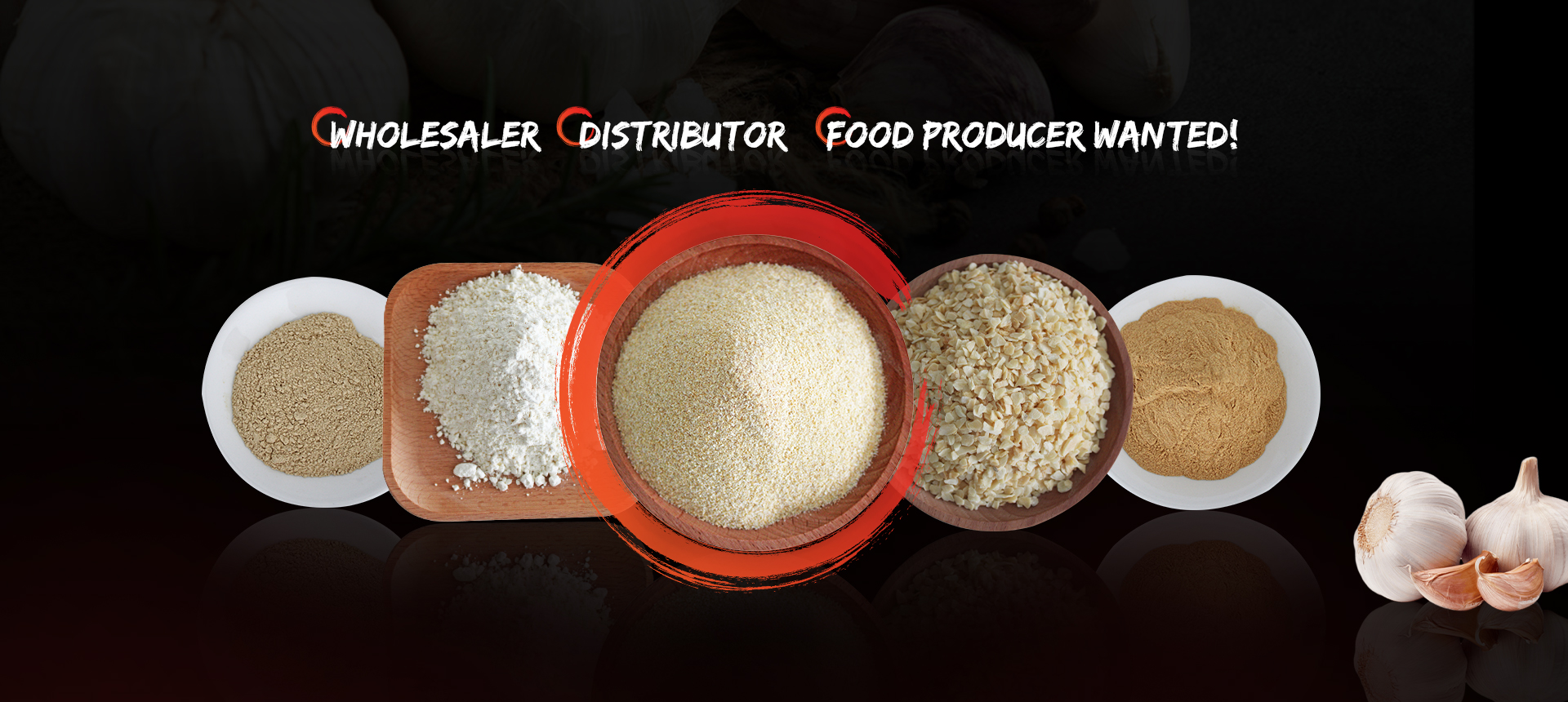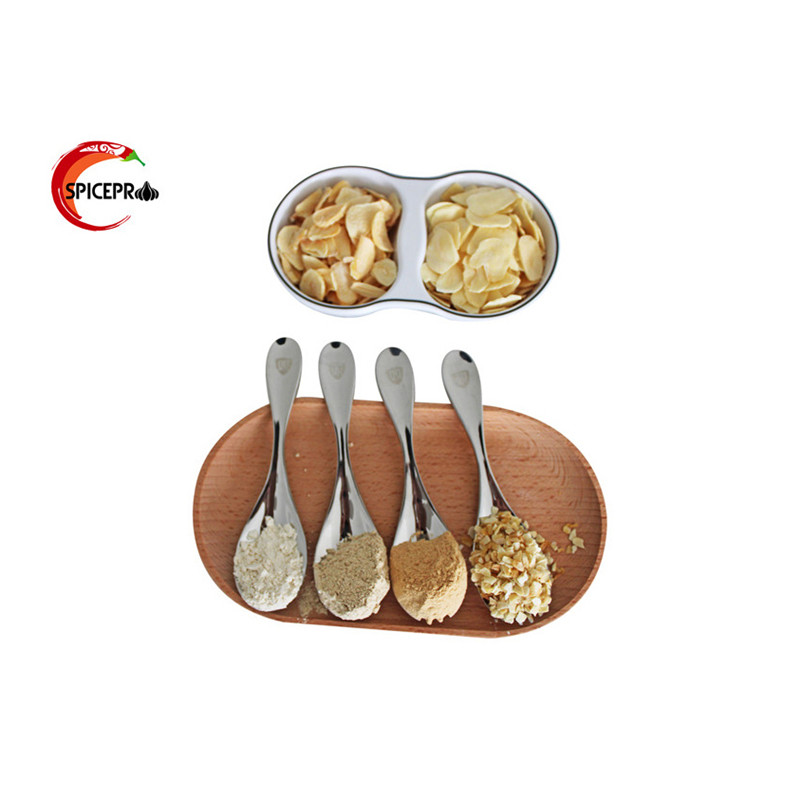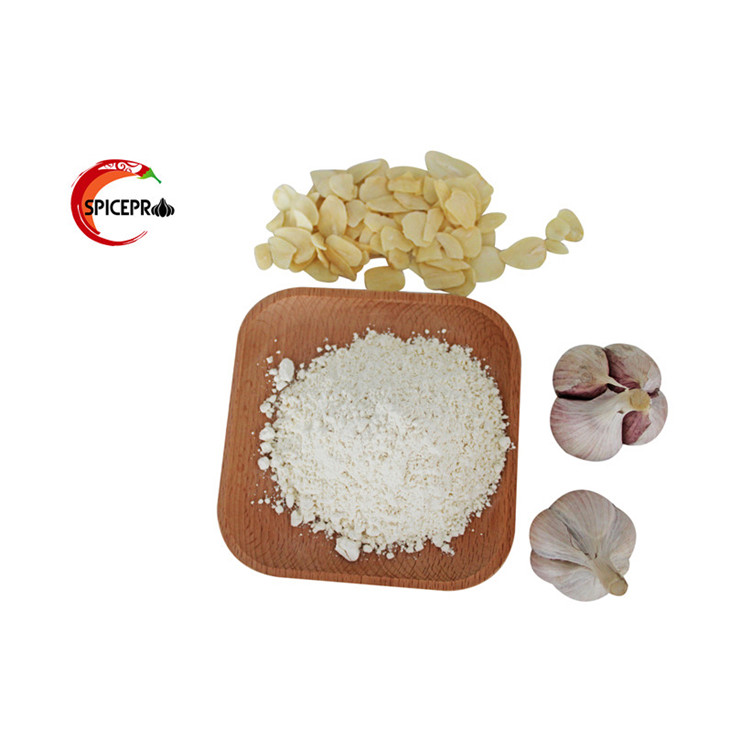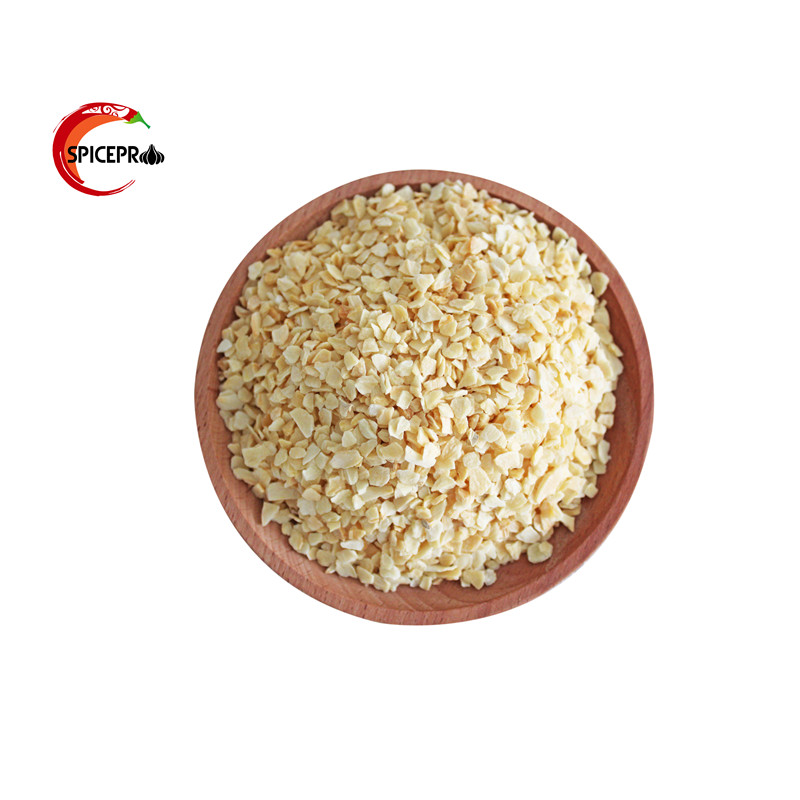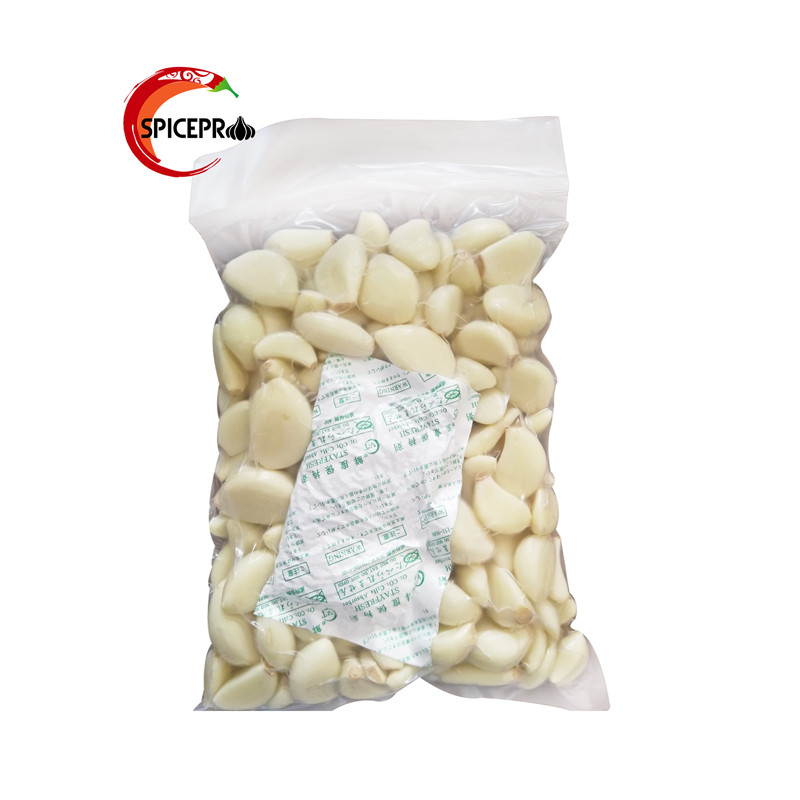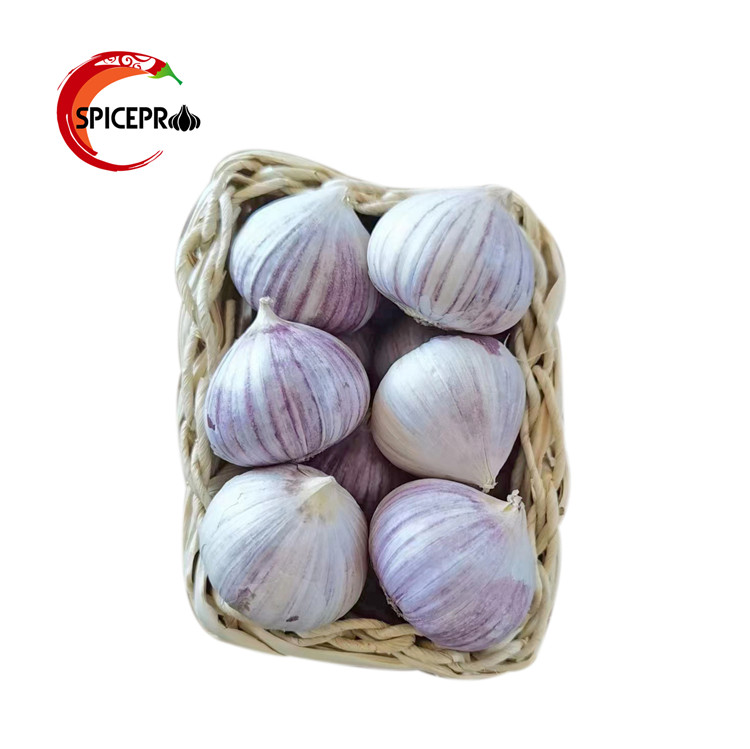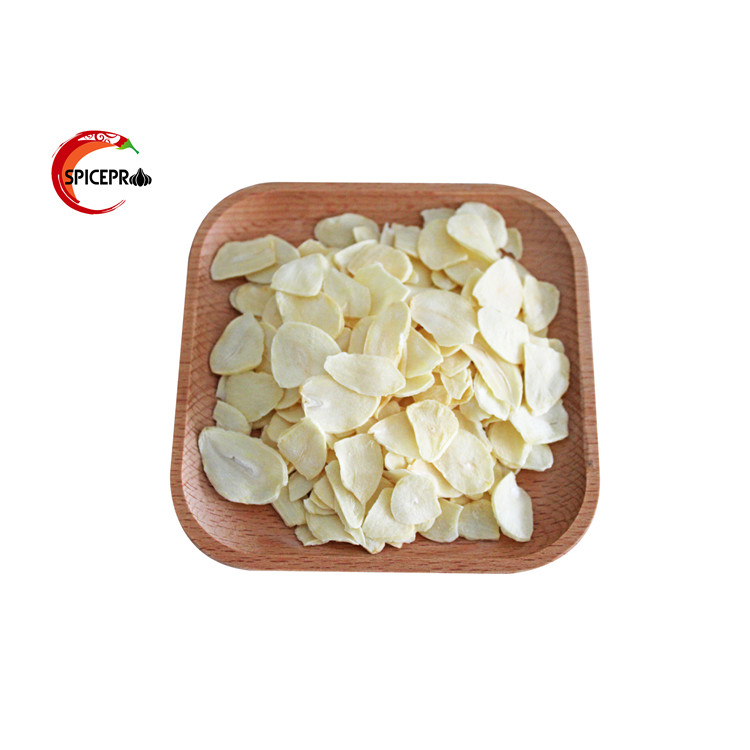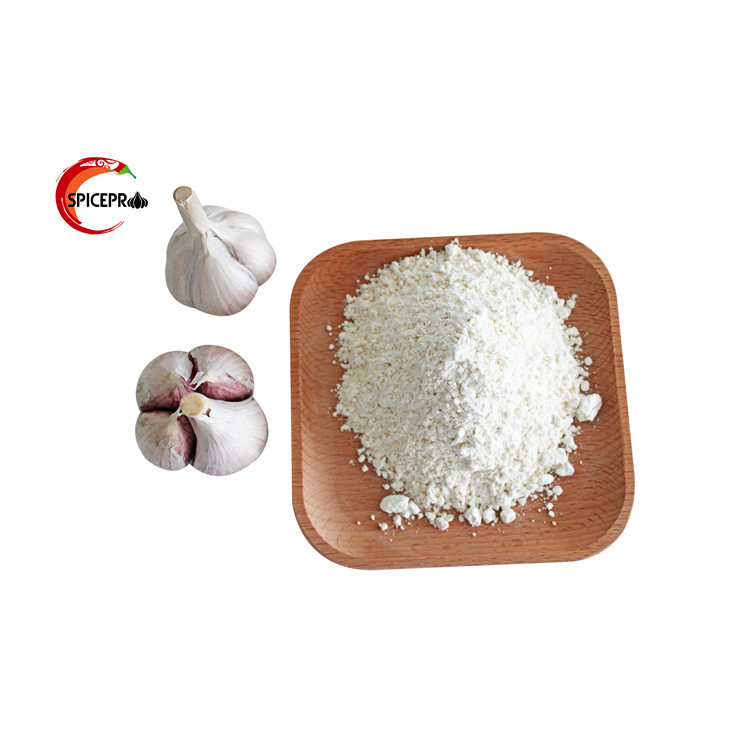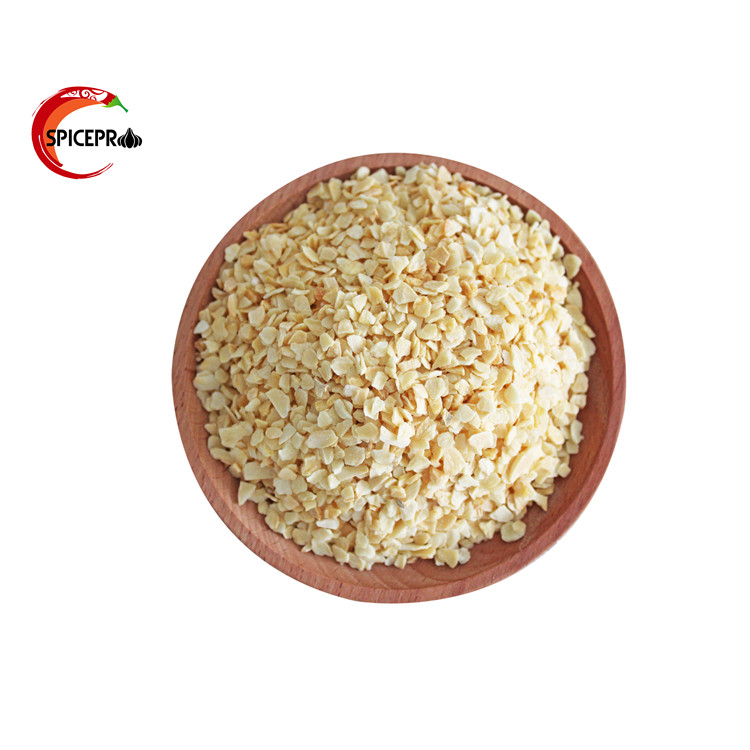About Us
Keep pace with the times so as not to be eliminated
With the advancement of technology, every industry needs constant change and progress, and the industry of dehydrated garlic is no exception.
Past Achievements and Present Efforts
Although we have been engaged in the dehydrated garlic industry since 2004, we used to be the main supplier of sensient, olam. But in order to provide you with high-quality and low-cost dehydrated garlic products, we have been keeping up with the pace of the times and constantly adopting newer and more sophisticated equipment, such as X-ray machines, color sorters, and metal detectors.
Our Organic Garlic
-
ABOUT Spicepro
Dehydrated Garlic Flakes
Dehydrated Garlic Flakes
-
ABOUT Spicepro
Dehydrated Garlic Granules
Dehydrated Garlic Granules
-
ABOUT Spicepro
Dehydrated Garlic Powder
Dehydrated Garlic Powder
-
ABOUT Spicepro
Fresh Peeled Garlic
Fresh Peeled Garlic
-
ABOUT Spicepro
Fresh Garlic
Fresh Garlic
Production Process
Garlic (allium sativum l.) is cultivated throughout China. Fresh bulbs are washed - cut into slices - oven dried. Afterwards flakes are cleaned and crushed, milled, sieved upon requirement.
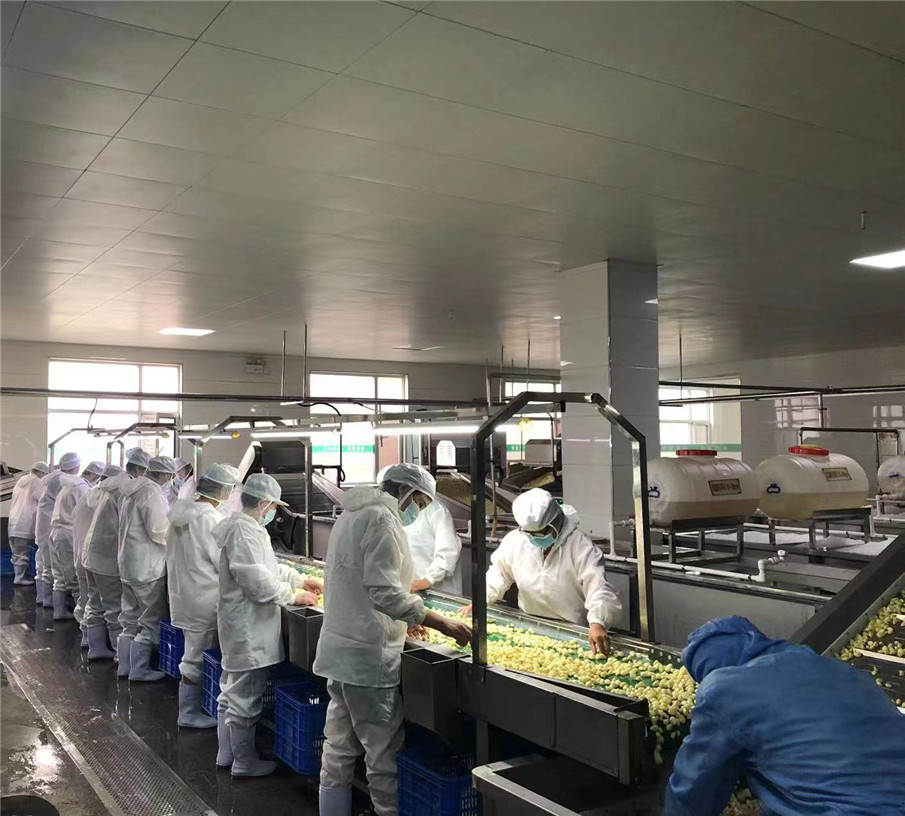
New Products
Our Blog
Today is Monday, and our company had another meeting, At the meeting, the leaders emphasized that our company’s purpose is very simple, which is to satisfy customers and save them money on th...
Are you wondering why we don't emphasize KPIs and only focus on safety and customer satisfaction? Please continue reading and see if it makes sense. Security is divided into the following aspects: Firstly, ensure the operational sa...
Safe food save us
Today is Monday, and our company had another meeting, At the meeting, the leaders emphasized that our company’s purpose is very simple, which is to satisfy customers and save them money on the premise of safety. Are you wondering why we don’t emphasize KPIs and only focus on s...

Enjoy importing dehydrated garlic flakes freely
This morning while scrolling through my phone, I came across a news article. that wasn't actually news anymore. It was about a month ago when some companies in South Korea violated the law by purchasing dehydrated garlic slices from China. They are under investigation. ...

2025 crop raisins
The first two products, chili powder and dehydrated onion, belong to seasonings and food ingredients. If you are not very interested in these two products, then the product I am going to introduce below will definitely be very popular. It is also harvested in autumn, and...

2025 crop white onion
You must know the benefits of onions to the body, I think that’s why onions have always been popular worldwide. Do you like to eat onions? Do you prefer white onions or red onions? How do you recommend eating onions? Is it a salad mix? Is it still used as a decoration on pizza? Have you eve...


